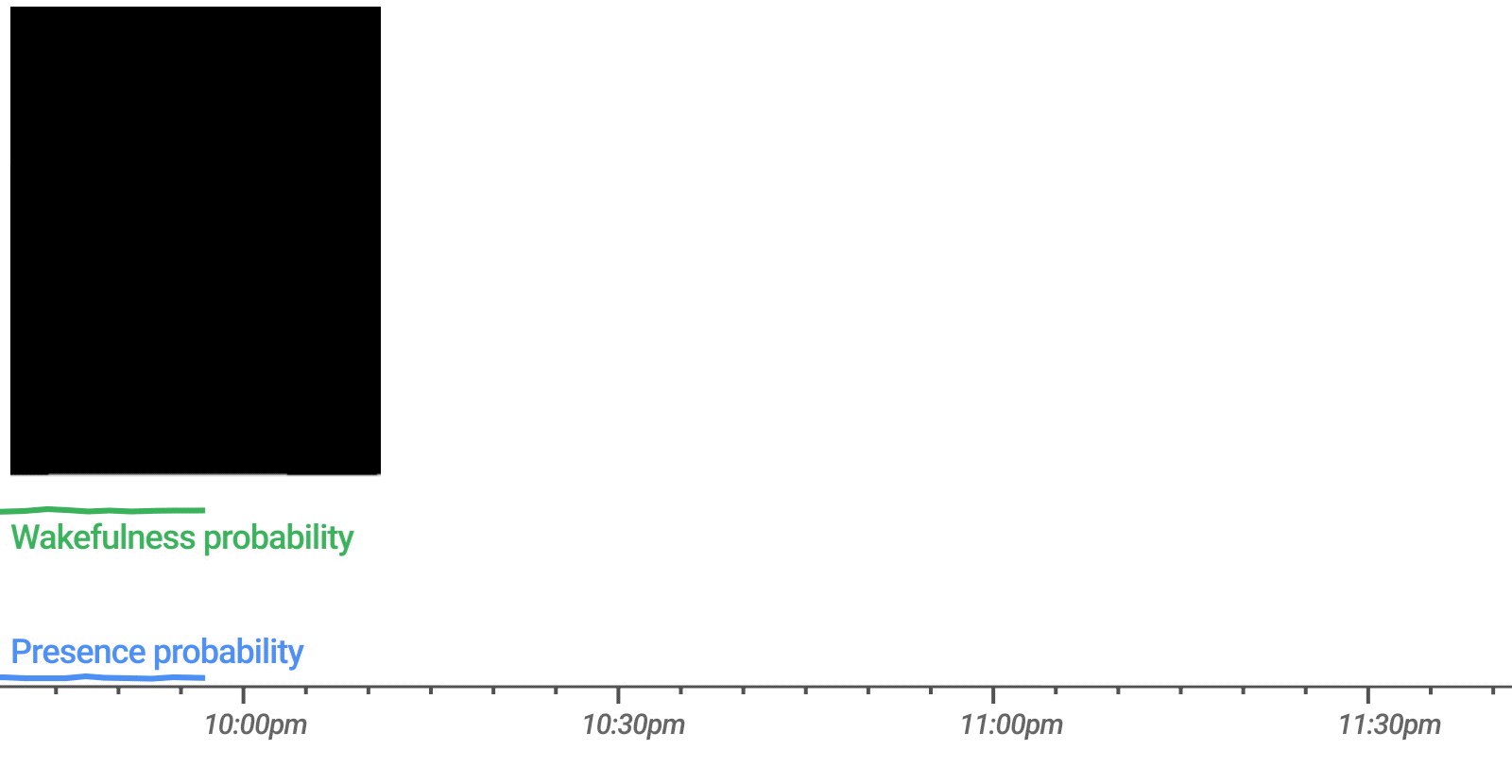Talk about surprise comebacks. Today Google announced the landing of the next-gen Nest Buttons. In spite of rebranding from Web Home Hub back in 2019, the smart screen hasn’t personally seen many changes since its 2018 introduction. Today’s arrival doest not represent a huge upgrade from the predecessor, but it does if you happen to a familiar — and primarily based forgotten — face.
We haven’t detected a peep from About Soli since the technology were basically introduced with the Pixel across late-2019. The miniature, motion-sensing radar tech was placed to be a major selling point, last arriving on a device one four years after at this time being announced. Applications were rather few and far between — including and also detection and a weird, one-off Pokémon app.
And then it just sort of went away. The Abscisse 5 arrived the following seasons, without a trace of Actions Sense. Abandoning features totally isn’t unheard of in home electronics, but it seemed odd just for something in which Google seasoned clearly invested time and natural resources.

Image Credits: Google
Soli’s reemergence from inside the new Nest Hub is merely unexpected, but may actually make more sense than any of their own attempted mobile applications. A key use here is sleep checking, the biggest update between the additional Nest Hub and the unusual. As for why Soli, because goes deeper than the indisputable fact that Google was looking for a new brand to watch for its existing tech (though that no doubt also gamed a role).
Like the first-gen product, there’s no designed on the new Nest Depot. Google’s decision to keep and the tech off the device might be breath of fresh air in a place where the new Amazon Echo employs figure tracking to actually stick to you around the room. So before, you can always opt for the Make thei nest Hub Max if which experts claim feature’s important to you. Know company rightfully noted actuality that first-gen model was are likely to deployed at bedsides.
That means:
- Sticking a could be the on the connected device boosts some major privacy difficulties.
-
Is an ideal spot for doing some get in bed tracking.
Which leads us up to:
- How do you do sleep tracking without getting a camera?
The easy answer is a wearable device. Google now has an extremely stronger foothold in that modern world now that its Fitbit the better has cleared. But in which it deal is going to take some time to completely take root. And what’s more, as someone who has tested a large number of wearables in my day, I have to definitely say that, no matter how most comfortable, I sleep better with no need of one on my wrist. Sure enough the irony of being kept alert by a sleep tracker haven’t escaped me.
Quick refresher on Soli tech, per Google:
Soli includes a millimeter-wave frequency-modulated continuous wave (FMCW) radar transceiver just that emits an ultra-low power up radio wave and ways the reflected signal via scene of interest. The regularity spectrum of the reflected indication contains an aggregate representation of the distance and acceleration of objects within the appear like. This signal can be handled to isolate a specified array of interest, such as a user’s room, and to detect and define a wide range of motions within this space, ranging from large body workouts to sub-centimeter respiration.

Image Credits: Google
So , basically, you happen to be trading camera-based sensing because of mini-bedside radar. It’s a peculiar thing to wrap the mind around, certainly. The biggest task here is that the motion-tracking records data is not collecting any illustrations or photos, just data based on action.
The Getting to sleep Sensing system was professional on more than 100, 1000 hours of sleep hard drive, according to the company, with TensorFlow being used to analyze data. Amongst others. It’s able to eliminate external movement like ceiling fans, as soon as the initial calibration process ends. In addition to tracking, the system controls other sleep-centric features which rolled out to the last Nest Hub via software modify, including Sunrise Alarm combined with ability to snooze your wake-up call with a gesture.
There are other software database updates on-board as well, including a brand-new smart home interface. Without a doubt, however , there really aren’t too many improvements beyond are sleeping tracking — which is in essence okay, since the original is one of the better smart window screens on the market. The speaker have a little bit of love, with built bass, but even may perhaps be largely the same. The screen size remains the same at 7-inches, while the overall device impact is a bit larger to accommodate typically the slight speaker improvement. People is made from 54% post-consumer naff.
At 99 dollars, the price is certainly right. Blogger or wordpress.com shaved off $49 by means of original Hub. It’s up for pre-order starting today and will be found on the 30 th .






